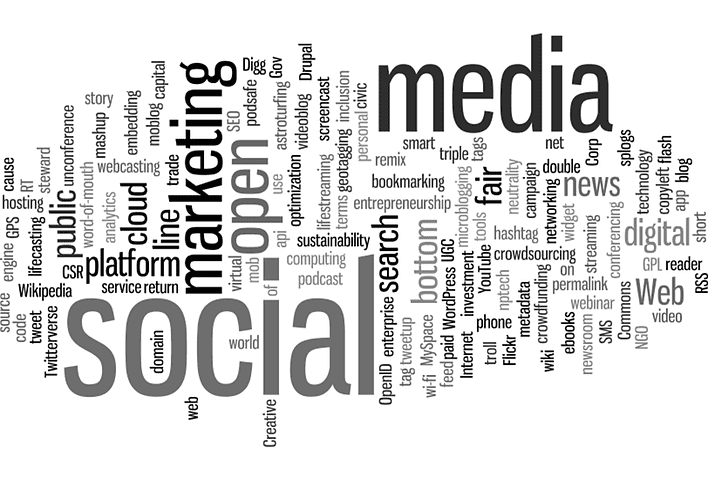In the past decade, the mortgage industry has witnessed a significant increase in production costs per home loan, nearly doubling, while net profitability per home loan has plummeted by 70%, as per industry data. This trend is compounded by volatile origination volumes, posing challenges for lenders in managing capacity effectively. Despite borrowers’ demand for a fast and digital mortgage experience, the reliance on manual processes within the mortgage industry hampers the borrower journey.
The emergence of FinTech companies has revolutionized banking through technology-driven approaches, intensifying pressure on the mortgage industry to adopt modern digital practices. There’s a growing expectation for lenders to embrace an omnichannel approach, aligning with the seamless customer experiences offered by FinTech, to achieve success both in customer satisfaction and operational efficiency. This imperative calls for comprehensive digital mortgage transformations to streamline processes, enhance customer experiences, and remain competitive in today’s rapidly evolving financial landscape.
Digital Tools That Impact Mortgages
Digital transformation in the mortgage industry is revolutionizing the way lenders operate and how borrowers experience the mortgage process. Here are eight key digital transformations and how they work:
- Online Mortgage Application Platforms
- Traditional paper-based mortgage applications are being replaced by online platforms, allowing borrowers to complete applications digitally from anywhere, at any time.
- These platforms streamline the application process by guiding borrowers through each step, collecting necessary documents electronically, and providing real-time updates on application status.
- Lenders benefit from increased efficiency, reduced paperwork, and faster processing times, while borrowers enjoy the convenience of a seamless digital experience.
- Automated Underwriting Systems
- Automated underwriting systems use algorithms to analyze borrower data and determine creditworthiness, replacing manual underwriting processes.
- These systems assess factors such as credit scores, income, employment history, and debt-to-income ratios to make lending decisions quickly and accurately.
- By automating underwriting, lenders can reduce the time and resources required to evaluate loan applications, resulting in faster approvals and improved efficiency.
- Electronic Document Management Systems
- Electronic document management systems digitize and organize mortgage-related documents, eliminating the need for paper-based file storage.
- These systems allow lenders to securely store, access, and share documents electronically, reducing the risk of lost or misplaced paperwork and streamlining document management processes.
- Borrowers benefit from faster document processing and fewer document-related delays, leading to a smoother mortgage experience.
- Digital Mortgage Closing Solutions
- Digital mortgage closing solutions enable borrowers to sign closing documents electronically, eliminating the need for in-person closings and paper-based signatures.
- These solutions use secure digital signatures and encryption technology to ensure the validity and legality of electronic signatures.
- By facilitating remote closings, lenders can reduce closing costs, minimize delays, and improve overall borrower satisfaction.
- Mobile Mortgage Apps
- Mobile mortgage apps provide borrowers with access to their mortgage accounts, payment information, and loan documents from their smartphones or tablets.
- These apps offer features such as loan calculators, payment reminders, and document upload capabilities, empowering borrowers to manage their mortgages conveniently on the go.
- Lenders benefit from increased customer engagement, improved communication, and enhanced brand loyalty through mobile app adoption.
- Artificial Intelligence and Machine Learning In Mortgage Servicing
- AI and ML technologies are being used in mortgage servicing to automate routine tasks, such as payment processing, account management, and customer service inquiries.
- These technologies analyze large volumes of data to identify patterns, predict borrower behavior, and personalize interactions with borrowers.
- By leveraging AI and ML, lenders can improve operational efficiency, reduce costs, and deliver more personalized and responsive customer service.
- Blockchain for Mortgage Securitization
- Blockchain technology is being explored for mortgage securitization to enhance transparency, security, and efficiency in the secondary mortgage market.
- Blockchain enables the creation of tamper-proof, immutable records of mortgage transactions, from origination to securitization.
- By using blockchain for mortgage securitization, lenders can reduce fraud, mitigate risk, and streamline the process of packaging and selling mortgage-backed securities.
- Data Analytics for Mortgage Risk Management
- Data analytics tools are being used by lenders to analyze vast amounts of data and assess mortgage risk more accurately.
- These tools leverage predictive modeling, statistical analysis, and machine learning algorithms to identify potential risks, such as delinquencies, defaults, and prepayment behavior.
- By harnessing data analytics, lenders can make more informed lending decisions, mitigate risk, and optimize their mortgage portfolios for better performance and profitability.
Benefits of Digital Mortgage
Enhanced Convenience
Digital mortgage solutions enable borrowers to complete the entire mortgage process online, from application to closing, eliminating the need for time-consuming paperwork and in-person meetings. Borrowers can apply for mortgages, upload documents, track application status, and sign closing documents from the comfort of their homes or on-the-go via mobile devices, enhancing convenience and flexibility.
Faster Processing Times
By automating manual processes and leveraging technology, digital mortgage solutions significantly reduce the time required to process mortgage applications. Automated underwriting systems analyze borrower data quickly and accurately, expediting loan approvals. Electronic document management systems streamline document processing and eliminate delays associated with paper-based workflows, resulting in faster closings and improved efficiency.
Improved Accuracy and Compliance
Minimize errors and compliance ensurance with regulatory requirements by standardizing processes and enforcing consistency in documentation is part of the package. Automated validation checks verify the accuracy of borrower information, reducing the risk of errors and discrepancies. Additionally, digital mortgage platforms maintain comprehensive audit trails, providing transparency and accountability throughout the mortgage process.
Enhanced Customer Experience
Digital mortgage solutions offer a seamless and intuitive user experience, enhancing customer satisfaction and loyalty. Borrowers benefit from self-service capabilities, real-time updates, and personalized communication, empowering them to stay informed and engaged throughout the mortgage journey. By providing a modern, user-friendly experience, lenders can differentiate themselves in the market, attract more customers, and build lasting relationships with borrowers. Overall, digital mortgage solutions revolutionize the mortgage experience by simplifying processes, reducing turnaround times, ensuring accuracy and compliance, and enhancing customer satisfaction.
Conclusion:
Embracing digital mortgage solutions isn’t just a game-changer—it’s a total win-win! Say goodbye to paper trails and hello to convenience, speed, and accuracy. With digital mortgages, the future of home buying is brighter, breezier, and definitely more fun! Let’s mortgage and roll!






